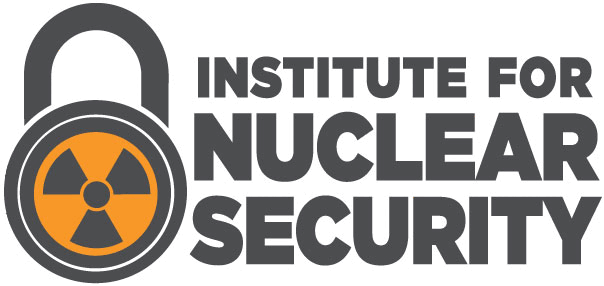Abstract
The ability to determine the age of seized nuclear material—that is, the time that has passed since it was formed— would provide crucial data to be used in its investigation. This paper reviews the methods and mathematical reasoning behind the use of diffusion theory, as previously applied to analysis of metals in ancient artifacts and other objects, to modern investigations in nuclear science. We here examine the time-dependent processes of diffusion, including grain boundary diffusion and discontinuous precipitation, and we assess the utility of examining the profiles of impurity and alloying element concentrations for use as a tool in pre-detonation nuclear forensics.
DOI
https://doi.org/10.7290/v7rf5rz3
Recommended Citation
Peskie, Edward T. and Hall, Howard L.
(2015)
"Impurity Diffusion as a Possible Metal Chronometer for Pre-Detonation Nuclear Forensics,"
International Journal of Nuclear Security:
Vol. 1:
No.
1, Article 12.
https://doi.org/10.7290/v7rf5rz3
Available at:
https://trace.tennessee.edu/ijns/vol1/iss1/12
Creative Commons License

This work is licensed under a Creative Commons Attribution 4.0 International License.
Included in
Analytical Chemistry Commons, Metallurgy Commons, Nuclear Engineering Commons, Radiochemistry Commons


